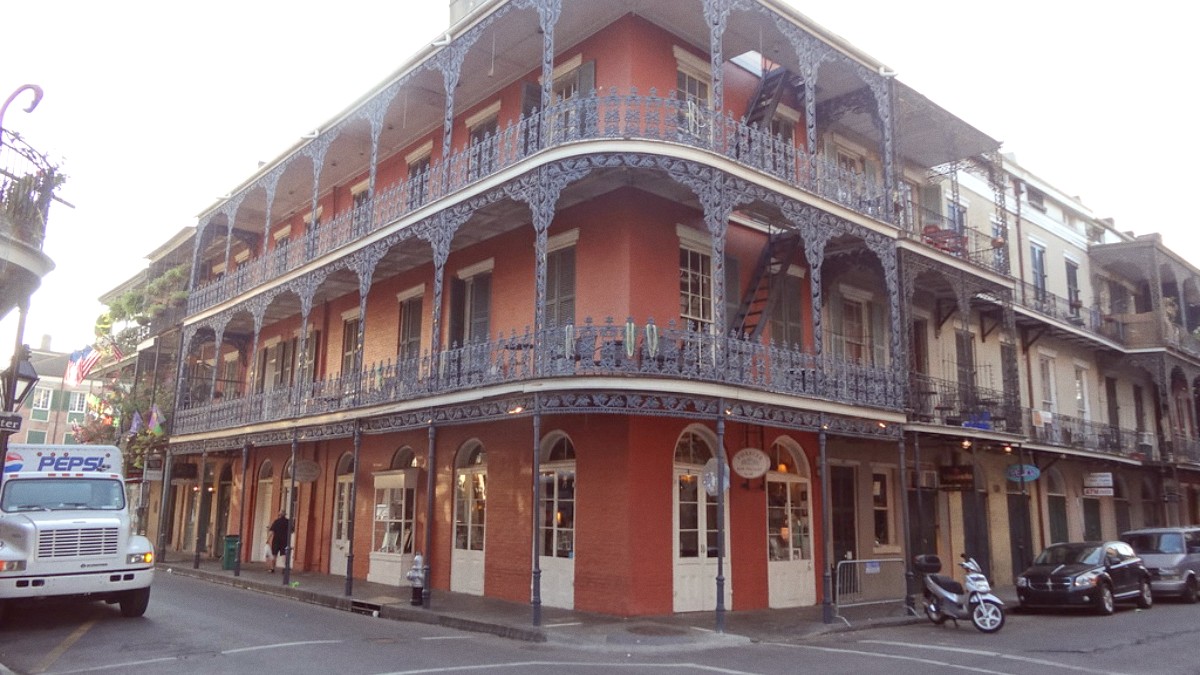
France
Travelers usually arrive at one of Paris's international airports. Most intercontinental flights use Paris-Charles de Gaulle. Orly mainly serves European and domestic flights.
Both Paris airports offer extensive facilities: duty-free shops, restaurants, car rental desks, lounges, currency exchange. Free Wi-Fi is available.
All major international airlines serve Paris-Charles de Gaulle (Air France, Delta, United, etc.). European carriers serve Orly.
Shoulder seasons (April-May, Sep-Oct) offer better value and fewer crowds. Low season (Nov-Mar) generally has the lowest flight prices.
Direct flights to CDG from most major cities globally. Direct flights to Orly from various European cities.
Minimum age 21 (some companies 25+). Valid driver's license for 1+ year. International Driving Permit (IDP) recommended for non-EU licenses. Major credit card needed for deposit.
Excellent network of well-maintained roads. A10 motorway connects Paris to Orléans. Many motorways are toll roads ('péage') payable by cash or card.
Drive on the right. Seatbelts mandatory. Strict speed limits (130 km/h motorways, 50 km/h urban). Strict drunk driving laws. Carry reflective vest/warning triangle.
No specific exit fees or taxes are levied directly on travelers departing from France. Any airport taxes are included in your flight ticket price.
Paris airports (CDG/ORY) offer extensive facilities: shops, restaurants, lounges, currency exchange, tax refund services. Orléans train stations (Gare d'Orléans, Orléans Centre) provide more basic facilities.
France is part of the Schengen Area, meaning no internal border checks when traveling by land from another Schengen country. Standard border control procedures apply for non-Schengen land arrivals.
Orléans is an inland city, so direct sea or major river cruise arrivals are not applicable for international travel. Major ferry ports are on the coast.
Orléans features a comprehensive and user-friendly public transport network, managed by TAO. The system has two tram lines and a developed network of bus lines.
Purchase tickets at automatic vending machines at tram stops (coins, banknotes, credit cards). Single tickets from bus drivers often cost slightly more.
Trams operate from around 5:00 AM to 1:00 AM. Peak hour frequency is every 5-10 minutes.
Low-floor trams and newer buses make the system accessible for wheelchairs and strollers. Stops have ramps.
Download the official TAO app or use Google Maps for real-time schedules and route planning.
Licensed taxis are identifiable by a "Taxi" sign on the roof and a visible meter. Hail them on the street (green light) or find them at designated stands.
Uber operates in Orléans. Ride-sharing services can sometimes be slightly cheaper than traditional taxis, though this varies by demand.
Requirements: 21+ (some 25+), valid driver's license (1+ year), IDP for non-EU licenses, major credit card. Major companies: Hertz, Europcar, Avis, Budget, Sixt.
"Vélo'+" for short-term sharing. Private shops (Détours de Loire) offer city, hybrid, mountain, electric bikes for half-day to multi-day. Excellent for exploring city and Loire riverbanks.
Drive on right. Strict speed limits. City center parking is challenging; use underground garages (Parking Cathédrale) or park outside and use public transport.
The historic city center is very pedestrian-friendly, with many streets reserved for pedestrians. The Loire à Vélo route features well-marked cycling paths along the Loire River.